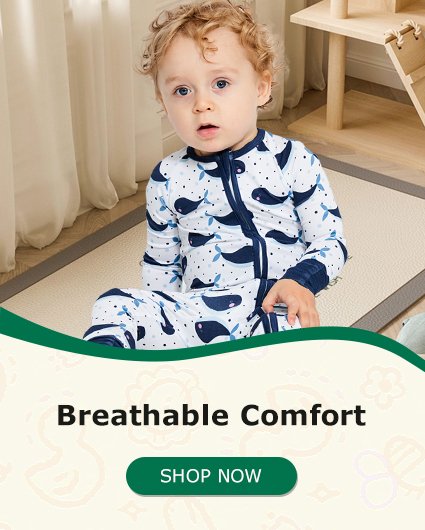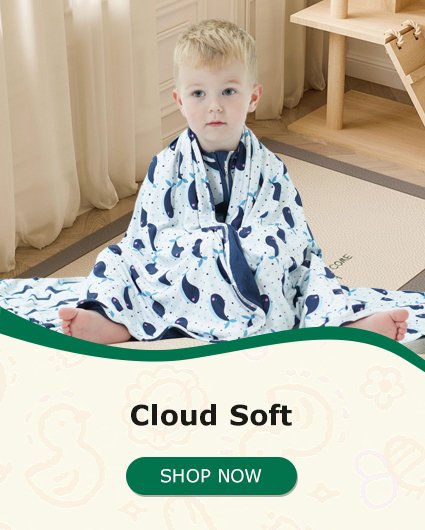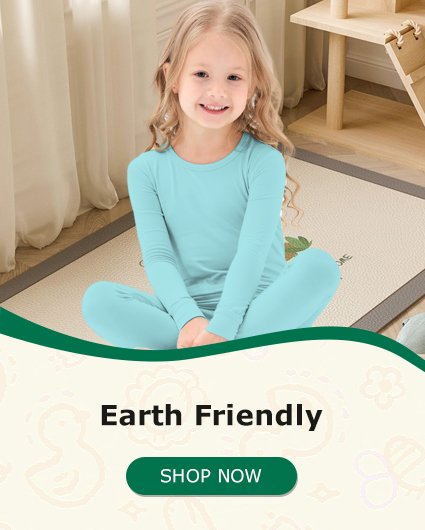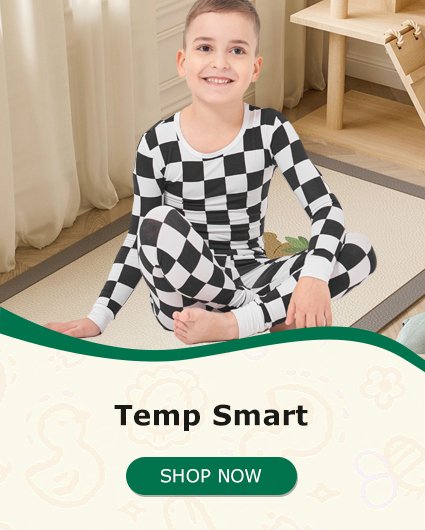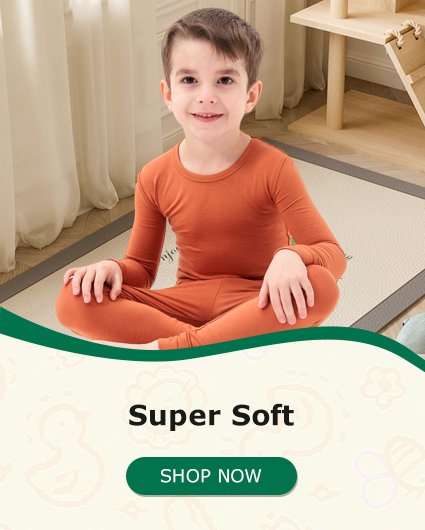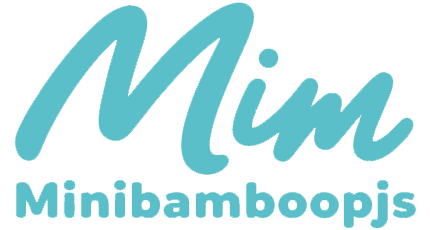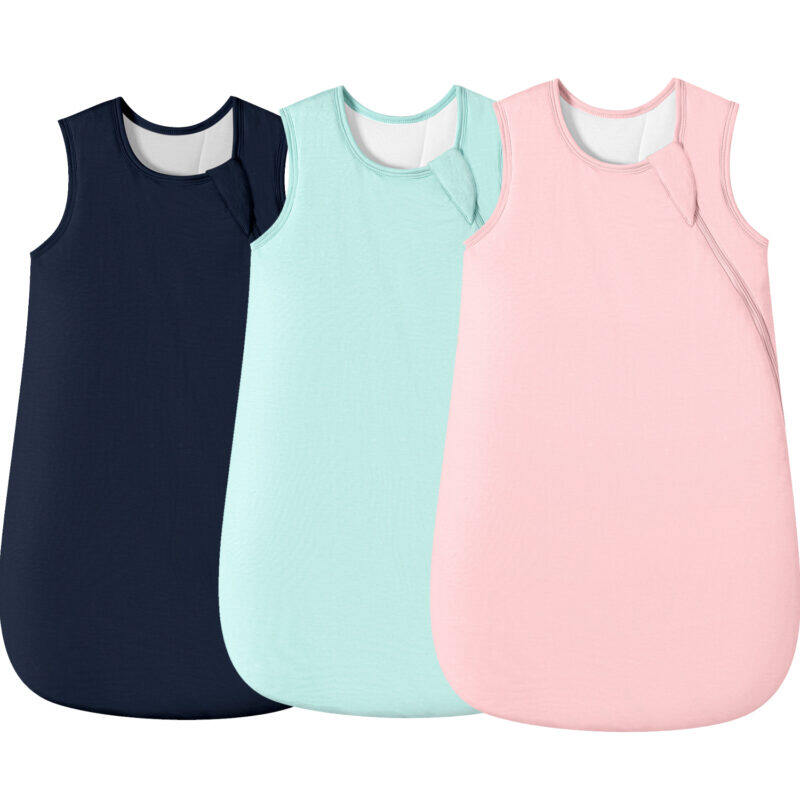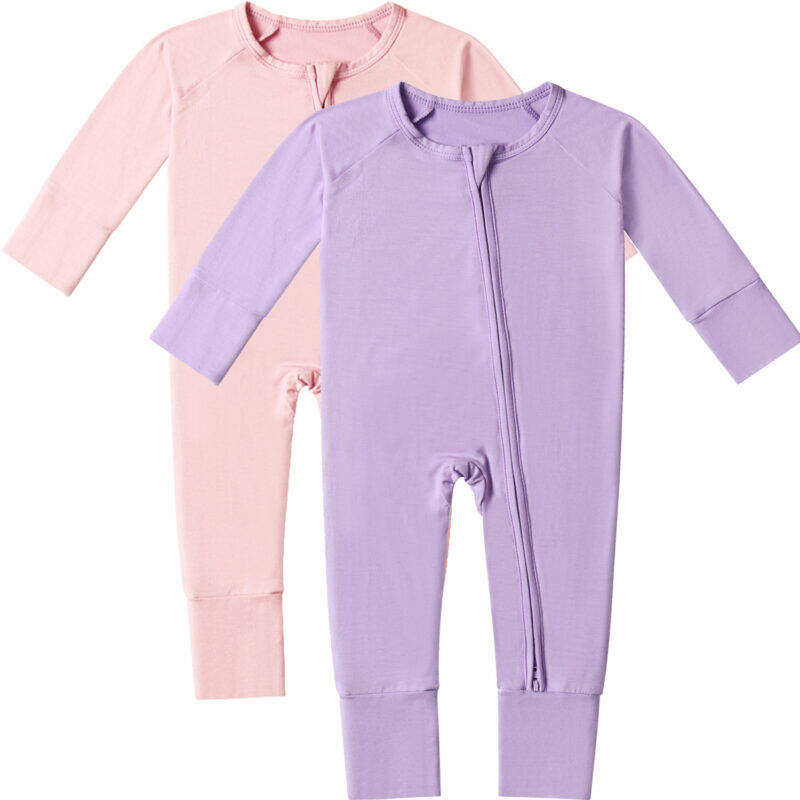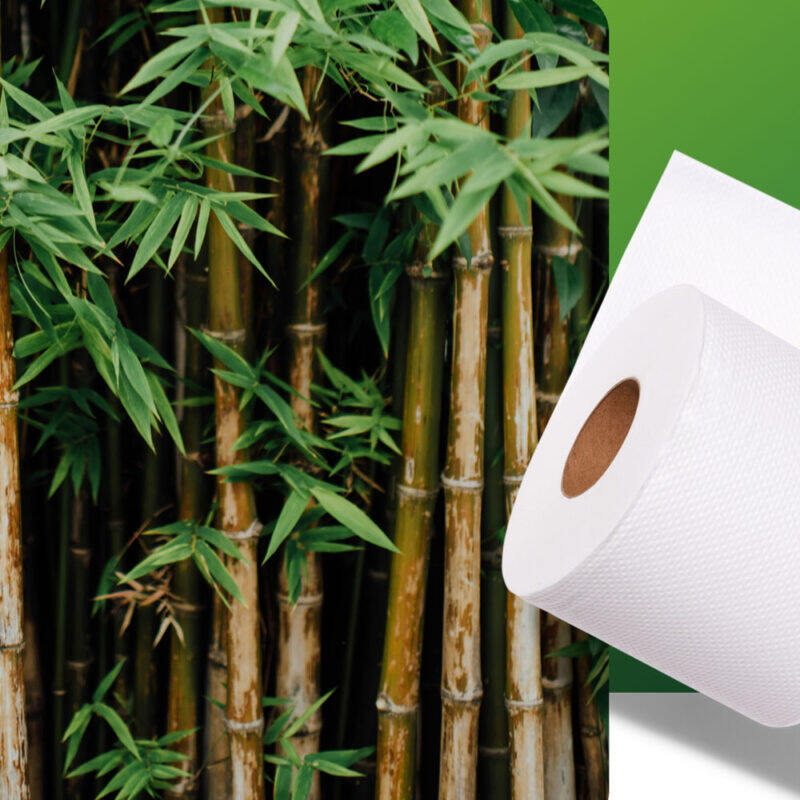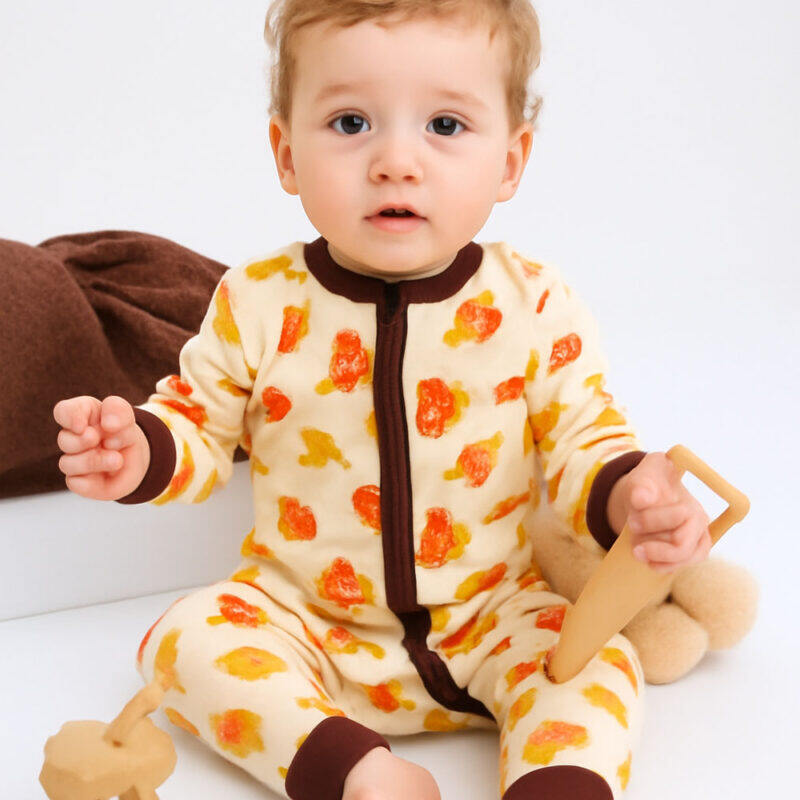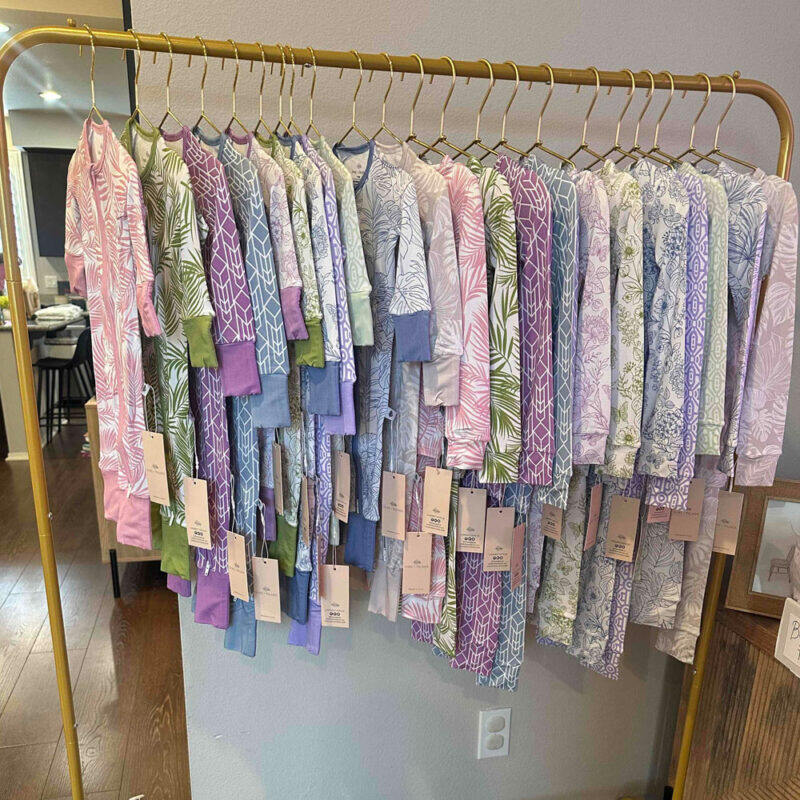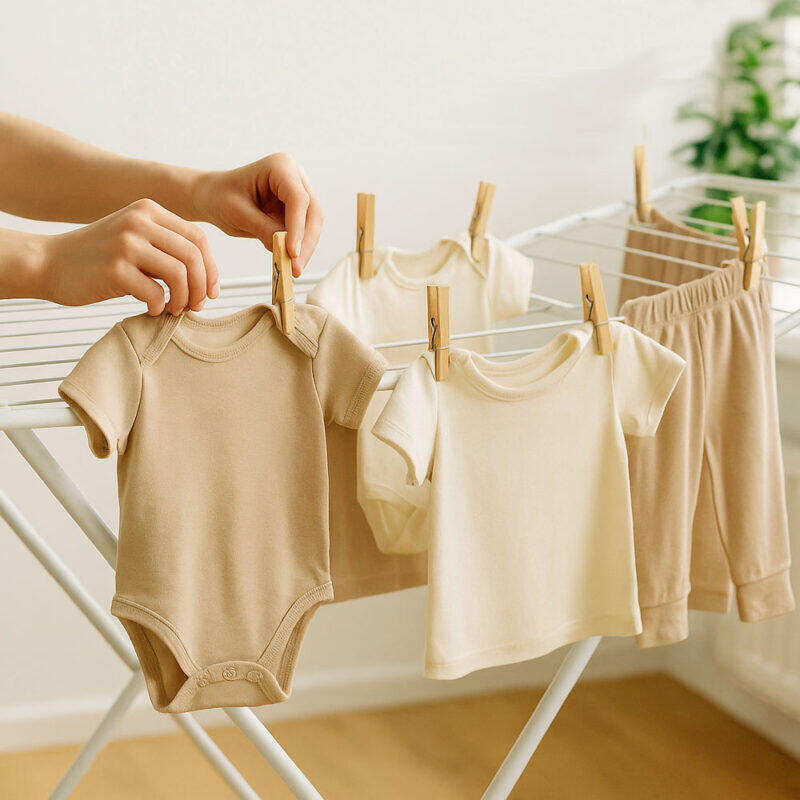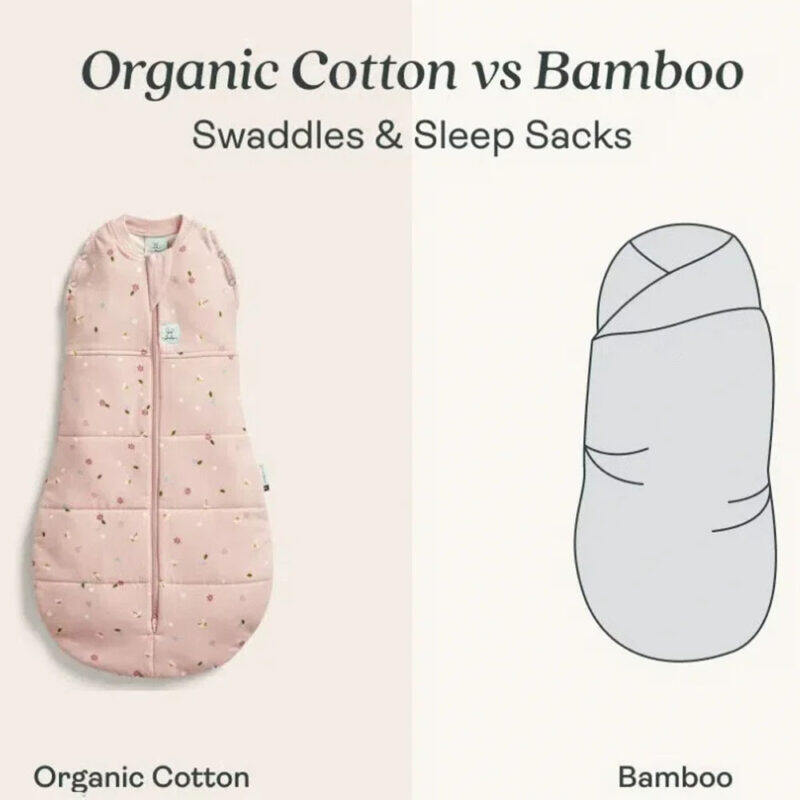Why Bamboo Fiber is the Best Choice

The Safest Fabrics for Babies: Why Bamboo Fiber is the Best Choice
Introduction
Choosing the right fabric for your baby’s clothing is one of the most important decisions you’ll make as a parent. With delicate skin that absorbs chemicals easily and developing immune systems vulnerable to toxins, babies need fabrics that are gentle, breathable, and free from harmful substances.
In this guide, we’ll explore:
✅ Why fabric safety matters for babies
✅ The dangers of synthetic fabrics like polyester
✅ The benefits of natural fabrics, especially bamboo
✅ How to identify truly safe baby clothes
✅ Our top picks from MiniBambooPJs for eco-conscious parents
Why Fabric Choice is Critical for Babies
1. Baby Skin Absorbs Chemicals Quickly
A baby’s skin is 30% thinner than an adult’s, making it highly absorbent. Studies show chemicals can enter the bloodstream in just 26 seconds after skin contact. Harmful substances in synthetic fabrics—like formaldehyde, phthalates, and heavy metals—can lead to:
① Skin rashes & eczema
② Respiratory issues
③ Long-term health risks
2. Babies Breathe More Air (and Microplastics)
Infants inhale twice as much air per pound as adults. Synthetic fabrics shed microplastic fibers that pollute indoor air. These particles can:
① Irritate lungs
② Disrupt hormones (microplastics contain endocrine disruptors)
③ Accumulate in organs
3. Everything Goes in Their Mouths
From sleeves to stuffed toys, babies chew on fabrics daily. Conventional fabrics release:
① Microplastics (from polyester, acrylic)
② Pesticide residues (from non-organic cotton)
③ Toxic dyes
Fabrics to Avoid for Babies
Polyester & Other Synthetics
① Sheds microplastics (found in 90% of table salt and human placentas)
② Traps heat → overheating risk (linked to SIDS)
③ Recycled polyester is worse—contains higher chemical concentrations
Conventional Cotton
① Uses 25% of the world’s pesticides (traces remain in fabric)
② Often treated with formaldehyde (a known carcinogen)
Acrylic & Nylon
① Petroleum-based (releases VOCs)
② Highly flammable (requires toxic flame retardants)
The Safest Fabrics for Babies
1. Organic Bamboo (Best Overall Choice)
Why we love it for babies:
① Silky soft (soothes eczema-prone skin)
② Naturally antibacterial (resists odors without chemicals)
③ Thermoregulating (keeps baby 3°F cooler than cotton)
④ Sustainable (grows 1 meter per day, no pesticides needed)
MiniBambooPJs Recommendation:
Their bamboo footie pajamas use 100% organic bamboo viscose with OEKO-TEX® certification. Perfect for sensitive skin!
2. Organic Cotton
① Breathable but less absorbent than bamboo
② Choose GOTS-certified to avoid pesticides
3. Hemp & Linen
① Durable and antimicrobial
② Stiffer texture (better for outer layers than sleepwear)
How to Identify Truly Safe Baby Clothes
✔ Look for These Certifications
| Label | What It Means |
| OEKO-TEX® Standard 100 | No harmful chemicals (tested for 350+ toxins) |
| GOTS (Global Organic Textile Standard) | 95%+ organic fibers, ethical production |
| MADE SAFE® | Screened for 6,500+ harmful substances |
✔ Avoid These Red Flags
“Wrinkle-resistant” or “stain-proof” (contains PFAS)
Strong chemical smell (indicates formaldehyde)
Cheap synthetic blends (polyester, spandex)
MiniBambooPJs: Our Top Picks for Non-Toxic Baby Fashion
1. Bamboo Baby Sleep Sack
Why it’s safe: OEKO-TEX® certified, 100% bamboo viscose
Key feature: TOG-rated for perfect temperature regulation
Best for: Preventing overheating (ideal for eczema babies)
2. Organic Bamboo Romper
Why it’s safe: GOTS-certified organic bamboo
Key feature: Snap closures for easy diaper changes
Best for: Everyday wear (softer than cotton onesies)
3. Bamboo-Cotton Swaddle Blanket
Why it’s safe: Blend of organic bamboo + cotton
Key feature: Lightweight yet warm (4-season use)
Best for: Sensitive newborns (hospital-approved)
FAQ: Baby Fabric Safety
Q: Is bamboo better than organic cotton for babies?
A: Yes! Bamboo is softer, more absorbent, and naturally thermoregulating.
Q: How often should I wash bamboo baby clothes?
A: Every 2-3 wears (or immediately after spit-up/diaper leaks).
Q: Are bamboo clothes worth the higher price?
A: Absolutely—they last longer, reduce skin irritation, and are eco-friendly.
Final Verdict: Bamboo is the Gold Standard
For parents who want:
✅ The softest fabric for delicate skin
✅ Natural temperature control (no overheating)
✅ Chemical-free materials (verified by certifications)
Explore Minibamboopjs collection of OEKO-TEX® certified bamboo baby clothes—where safety meets sustainability!

